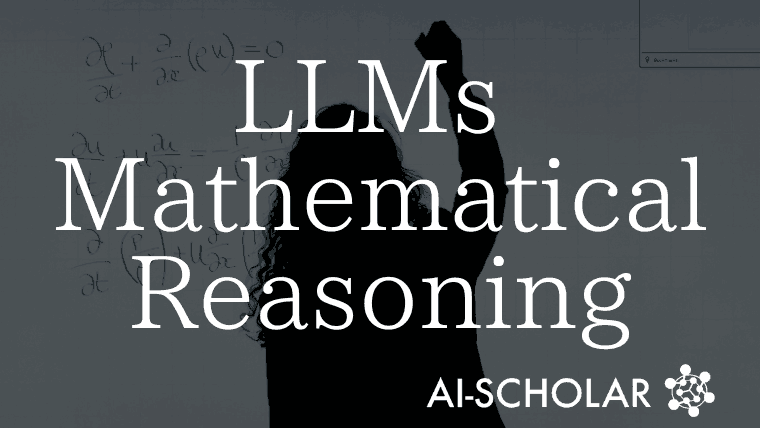The age of AI reasoning - Ed Set Go by The Ken
Good morning dear reader, you are reading our subscriber-only newsletter Ed Set Go—a weekly commentary on Indian edtech and education. There’s no going back on the use of artificial intelligence, or indeed, technology in education. Parents and educators can try to create more friction in the process—supervised or limited time spent on devices, for instance—but it’s going to be too difficult to detach kids from tech now, whether that’s at home or in school. Partly because adults won’t practice this detachment themselves.
Plus, it’s now ridiculously easy to generate study material, quizzes, and question banks online. Stuff that teachers would spend hours on earlier. A large language model can, in a matter of seconds, give you five different ideas on how to plan your next class. This kind of ease shouldn’t be taken away from educators, even if it should be monitored for accuracy.
The Challenge of AI in Learning
The area of education where AI actually stumbles is learning. AI can be harnessed as a tool, or as an assistant that makes the process of learning easier. Alternatively, it can just straight up give you the answer. But it can’t emulate the struggle of learning something. AI is not good at reasoning out why certain things are the way they are.

It’s a problem that LLMs aimed at the education market have been trying to tame. When Khanmigo, the AI chatbot developed by Khan Academy and Open AI, was launched, Khan Academy founder Sal Khan touted the “socratic” abilities of the chatbot to push students to actually think about the question instead of just giving them the answer. But students can still circumvent that system and go to another LLM to get the solution.
Can the LLM reason out an answer by itself, though? Can it “show the work”? Claude for Education, Anthropic’s latest offering, claims to do just that. Built atop the Claude 3.7 Sonnet mode, the LLM offers to take students through its own thinking process. It’s a hybrid model—students can toggle between quick-hit answers or choose a more reasoned response. This is how tech journal Venture Beat describes how it works: "It takes time to analyze your prompt before delivering its answer. That makes it great for math, coding, and logic. You can even fine-tune the balance between speed and depth, giving it a time limit to think about its response."

Anthropic positions this as a way to make AI more useful for real-world applications that require layered, methodical problem-solving, as opposed to just surface-level responses.
We currently limit the number of free gift subscriptions per subscriber. You’ll get more when you renew your subscription. In the meantime, if you want to tell someone about The Ken, gift them a story. To track your gifted stories, go to your Account Settings.



















